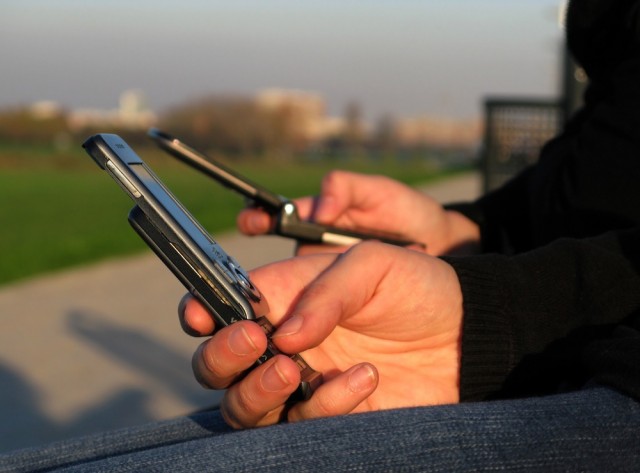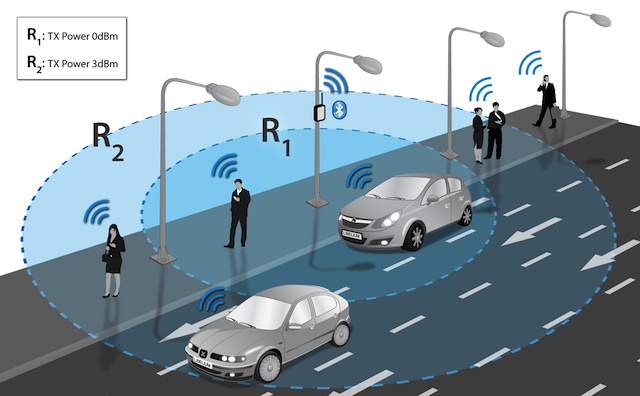What will the next generation of smartphones look like? Earlier this week the GSM Association released their roadmap for the future 5G network standard, the next generation of mobile communications that will start appearing towards the end of this decade.
The GSMA is the peak global telco industry body which includes amongst its membership most of the world’s telephone companies and the vendors who manufacture the network equipment, so the organisation’s view is a good representation of the industry’s long term vision.
Much of the future standard is actually an amalgam of existing technology and concepts such as heterogeneous networks where phones and mobile internet of things devices can switch from the phone network to private WiFi systems without users noticing the handover.
The GSMA sees eight main areas for the 5G standards;
- data rates of 1Gbps down
- latency of less than one millisecond
- network densification in determining base station locations
- improving coverage
- making networks more availabile
- reducing operating costs
- increasing the field life of devices.
That latter point is particularly pertinent as battery life remains a major concern for smartphone users and getting power to internet of things devices is one of the greatest barriers to adoption.
With the 5G standard not expected before the end of the decade, it’s hard to imagine how much technology may have changed in that time, something the GSMA acknowledges; “Because 5G is at an early stage there may be many use cases that will emerge over the coming years that we cannot anticipate today.”
The report though does try to anticipate some of the applications we may see the 5G standard driving such as autonomous vehicles, cloud based offices and augmented reality technologies. All of these though are advancing rapidly under the existing fixed line, 3G and 4G telco networks.
For the moment rolling out the 4G standard remains the industry’s main game with the existing technology only making up five percent of the world’s mobile connections at present. This is the area the GSMA sees as being the big opportunity over the rest of the decade.
In another report the GSMA claims the 4G rollout in Europe, currently at less than 10% of connections but expected to be over half by 2020, will drive economic growth on the continent.
The mobile industry is playing a central role in supporting economic activity and recovery in the region, contributing 3.1 per cent to Europe’s gross domestic product (GDP) in 2013, equivalent to EUR433 billion4, including EUR105 billion generated directly by mobile operators. By 2020, it is estimated that the industry will generate a total economic value of EUR492 billion.
There’s no doubt telecommunications networks are to the 21st Century what the highways were to the Twentieth and the railways to the nineteenth. As with the construction of previous century’s networks one of the big challenges will be raising the capital to build the systems and making wise investment choices.
For the developing world raising the capital required for those networks might be the hardest task of all, however for those countries and regions not making the investments may leave them further behind the western nations than they are today.
Ultimately what eventually is included in the 5G standard will reflect many of the political and economic realities of the next five years; no international standard is free from political or commercial influences during its drafting. The job for the standards bodies is not to get left too far behind market or technological advances.
In describing a vision for the sector’s future the GSMA 5G report lays out many of the opportunities and challenges facing the telecommunications industry over the rest of the decade. With these technologies becoming the centre of our working and home lives, what happens won’t just determine what smartphone we own in 2020 but the shape of our societies.




